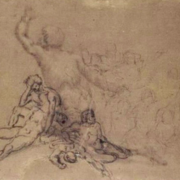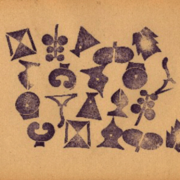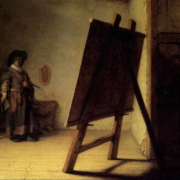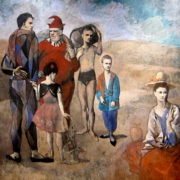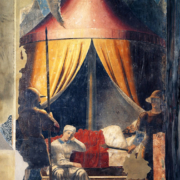The contemporary virtual network: wandering Oedipus
Abstract
This article studies how the psychic scene and the representability mobilized by the Network aresimilar to those of the dream. Starting from the representability in the Network, it shows how the Network puts in immediate contiguity the most intimate dimension of the psychism with the dimensions of the collective and even of the mass. The representability of the Network puts transitionality at work. This outlines that intersubjective and collective links on the Network are organized according to a main process: topical transfer. Starting from this observation, this Read more

